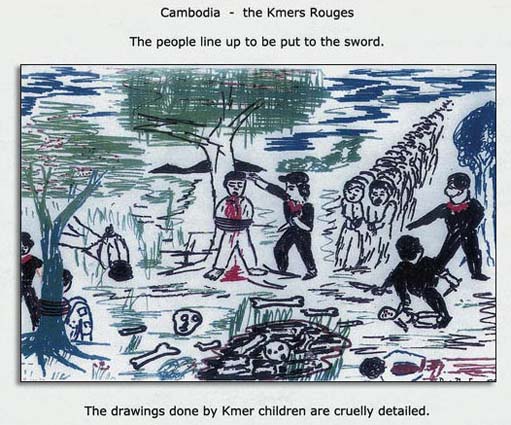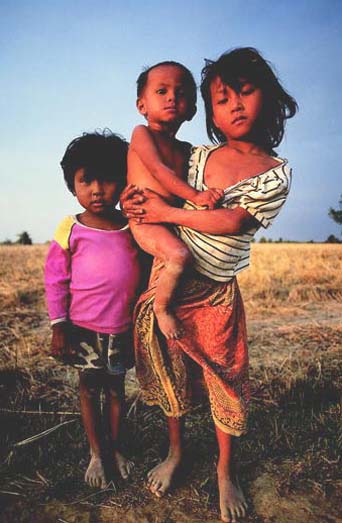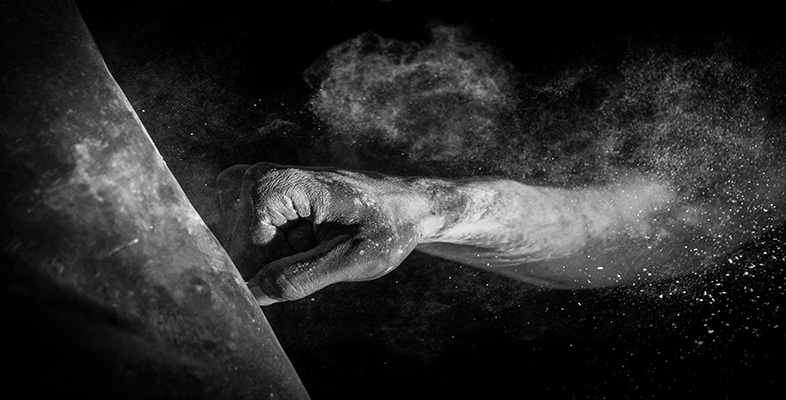4.3.2 Children in Cambodia under the Khmer Rouge

In 1975, Pol Pot's army, the Khmer Rouge, took over Cambodia and attempted to enforce an extreme Maoist communist regime, replacing all that went before. They restarted the calendar, renaming 1975 Year Zero. Their regime was murderous and, over the next four years, over 1 million Cambodians were killed and up to another 2 million died from starvation or exhaustion. The Khmer Rouge emptied the cities of people, forcing everyone to live off the land. Professionals, those who knew a foreign language and, at one time, even those who wore glasses were murdered. Much of this was accomplished by indoctrinating children and forcing them to denounce and kill suspect adults. Family life was discouraged and repressed. Everyone was forced to live in communal work camps, but at the age of eight most children were sent away to live with other children under two or three senior Khmer Rouge officials. Traditional norms of respect for elders were suppressed and the ‘Comrade Child’ was praised as being ‘pure and unsullied by the corrupt past of the adults’ (Ponchaud, 1977, p. 143). Special spy units, Kang Chhlop, were composed mainly of children and were used to spy on adults. One Cambodian woman recalled the power given to children under the Khmer Rouge:
In the Pol Pot times children could catch an adult if they thought they had done wrong. They could beat the adult. For example, if an adult was caught stealing fruit a child could tell the soldiers: ‘look they are our enemies’. Then the soldiers would set a chair for the child to stand on so that they could beat the adult's head.
(Boyden and Gibbs, 1997, p. 44)
Children rose quickly up the ranks of the Khmer Rouge and it was not unusual for children to be in charge of workcamps at the age of twelve. Camps run by these children became notorious for the extreme and arbitrary violence inflicted on the inmates. Children, even more than adults, appeared particularly cruel. Even after Cambodia was liberated in 1979 by the Vietnamese, there remained a ‘residual fear of children’ in the country (Boyden and Gibbs, 1997, p. 98).

